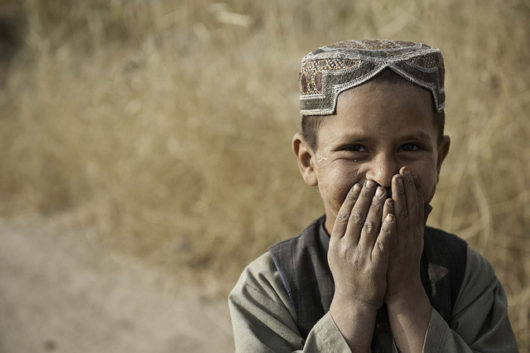Drought in Afghanistan

Afghanistan, a landlocked Asian country, is experiencing the worst drought in the past five decades. The United Nations has estimated that 2 million people have been affected by the drought and that 1.4 million people are in need of urgent food assistance. Several years of low rainfall and snowfall have led to the seriousness of the drought in Afghanistan.
The Drought in Afghanistan
The drought has affected 20 provinces in the country. Almost 1.5 million people rely on agriculture products for food in these affected regions. It has majorly affected the planting of wheat and livestock pastures. The Famine Early Warning System Network has placed many regions in Afghanistan in a crisis state and some regions are even considered to be in emergency phases. Due to the drought in Afghanistan, the number of households in the crisis to emergency phases are expected to rise even more.
The Effect on Refugee Crisis
The recent drought in Afghanistan has added more pressure to the refugee and displaced person population in the region. Water levels are so low that, in some areas, dry wells are driving even more people to leave the country.
Continuous conflict and unemployment have been a typical factor of migration in Afghanistan, but now the drought adds to the problem. During the recent refugee crisis, Afghans were the second largest group of refugees. Countries like Iran and Pakistan are no longer welcoming Afghanistan refugees and are even encouraging refugees to return home. Those who are unable to leave the country move into urban cities in order to find work to provide for their family.
International Response to Drought in Afghanistan
The European Union has recently added $22.7 million in emergency aid to the region in response to the severeness of the drought in Afghanistan. The recent funding will help to provide assistance to projects on the ground. These ground projects include food assistance, water, sanitation and health care.
A portion of this help will come from the EU’s own Emergency Response Mechanism that provides assistance to vulnerable regions. The Humanitarian Country Team also plans to revise their Humanitarian Response Plan (HRP) to ask for $177 million in aid to assist people affected by the drought. The revision of the HRP plans to reach 4.2 million people across the country in various aspects, especially agriculture, sanitation and nutrition. These programs aim to ensure food security in the region as the number of households in need of emergency assistance increases.
There is hope for the region to somewhat sustain itself. The coming of Fall and El Nino, routine climate pattern, are promising to planters in Afghanistan. El Nino is expected to provide more than average precipitation in the coming season. The areas planted for wheat are expected to be higher than average due to the prediction of high precipitation.
This prediction, however, is one of many and there are other outcomes for the spread of rainfall. Hopefully, rainfall will return to the region and provide farmers with the resources to plant and harvest. As long as the people in urgent need of humanitarian aid are assisted, there is hope to ensure food security for those most affected by the drought in Afghanistan.
– Olivia Halliburton
Photo: Flickr
